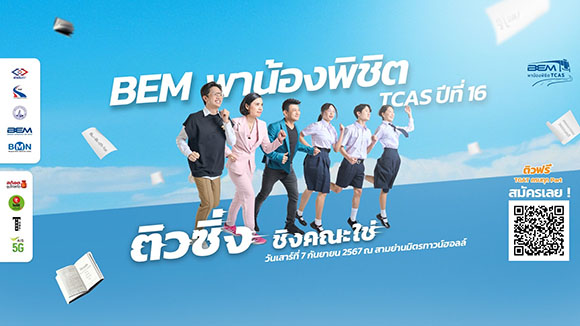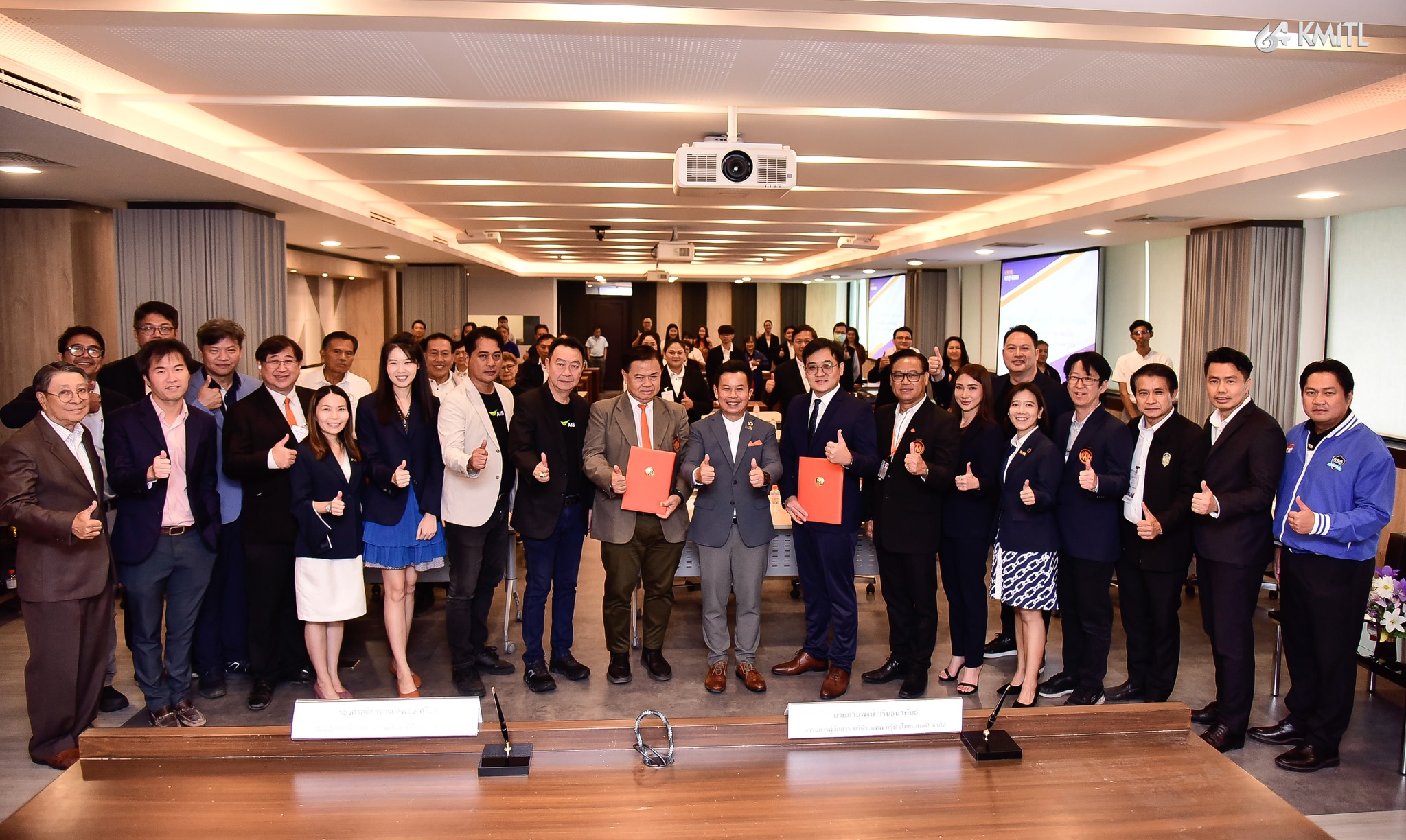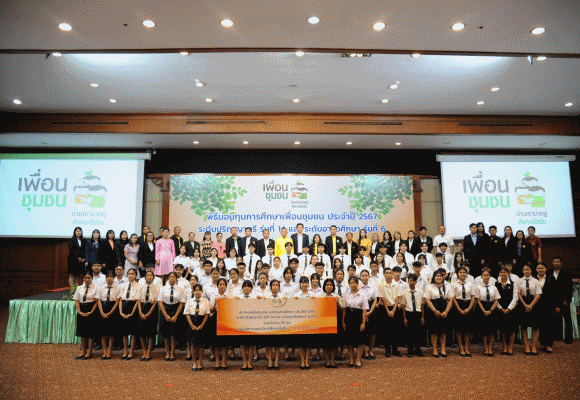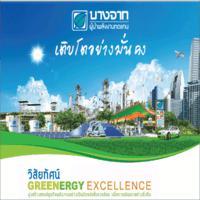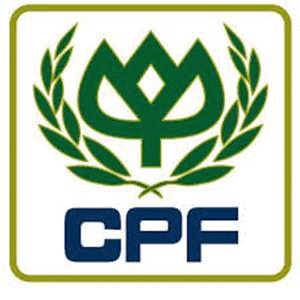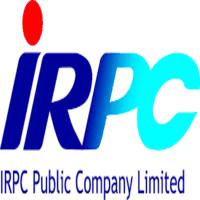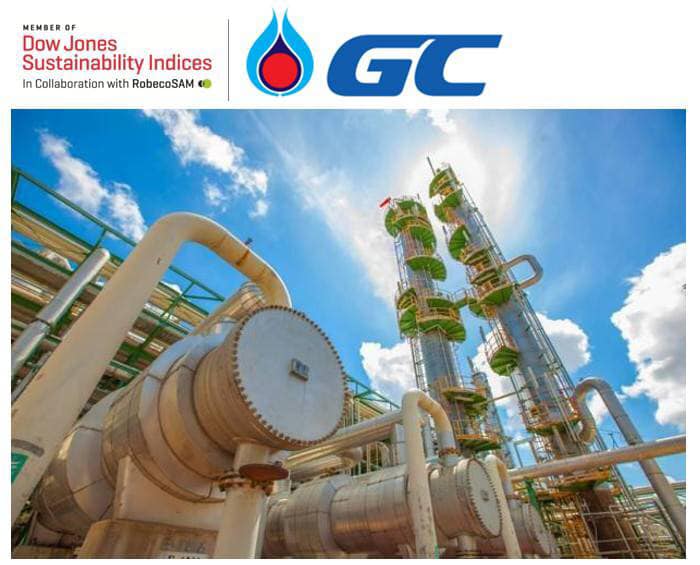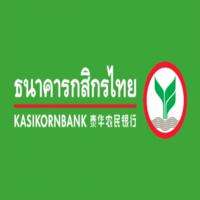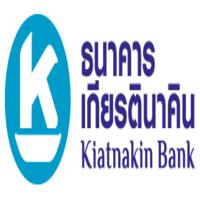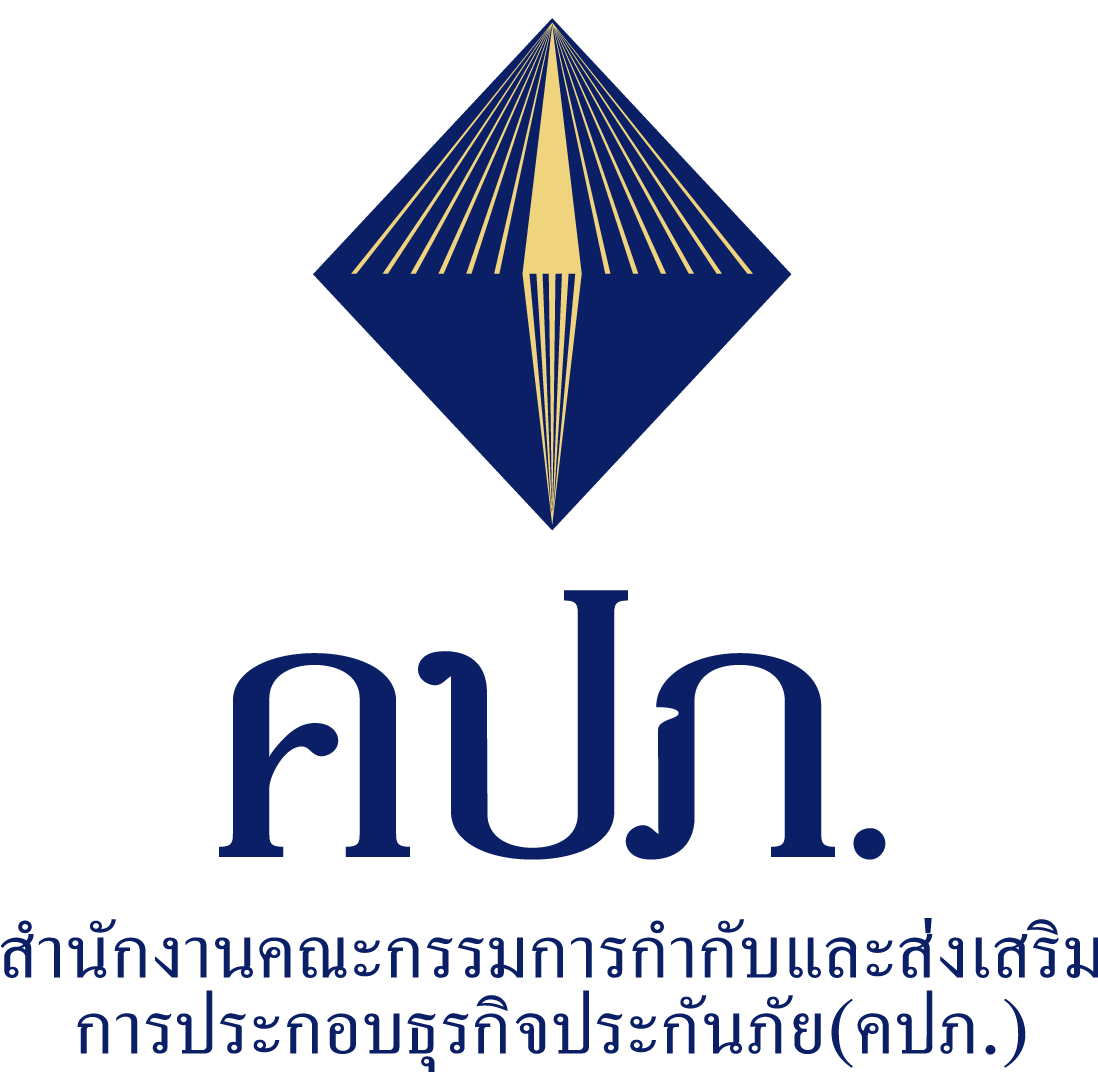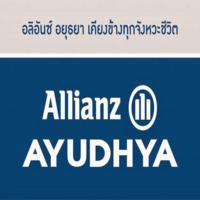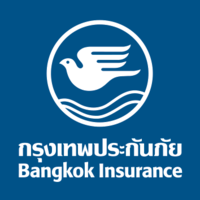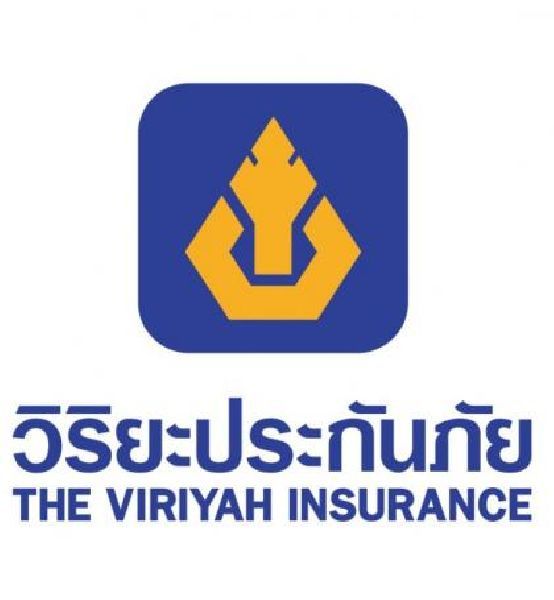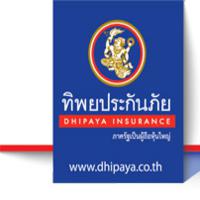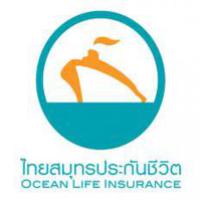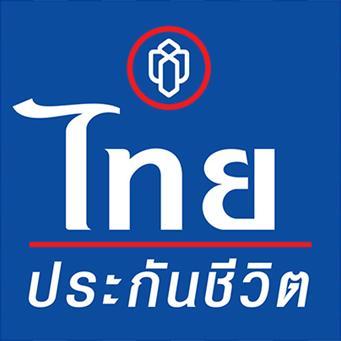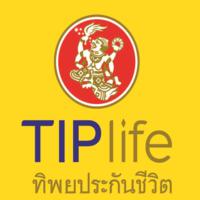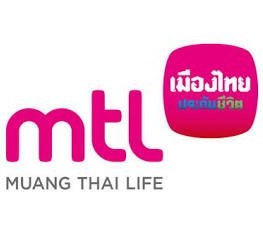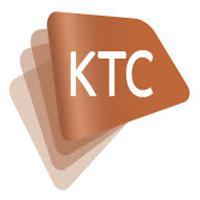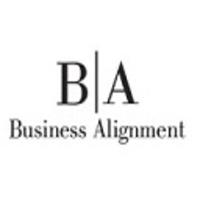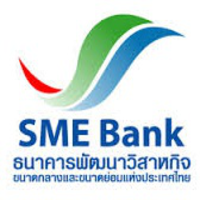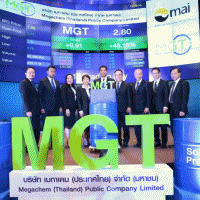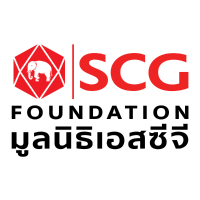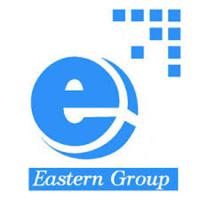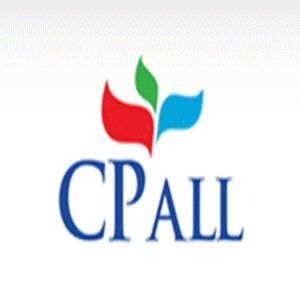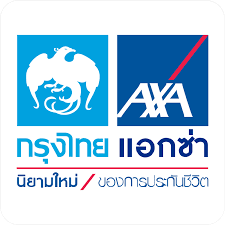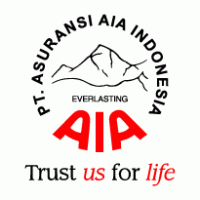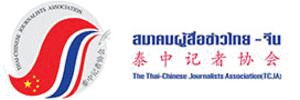- Details
- Category: แบงก์พาณิชย์
- Published: Friday, 11 November 2016 19:41
- Hits: 10207

เคทีซี แจงผลการดำเนินงานไตรมาส 3 ธุรกิจยังเติบโตดีต่อเนื่อง โดยทำกำไรสุทธิ 640 ล้านบาท ในขณะที่ 9 เดือนมีกำไรถึง 1,854 ล้านบาท ฐานสมาชิกบัตรเครดิตทะลุ 2.04 ล้านบัตร อัตราเติบโตของปริมาณการใช้จ่ายผ่านบัตรเครดิตของบริษัทฯ สูงกว่าอุตสาหกรรม ส่วนหนี้ที่ไม่ก่อให้เกิดรายได้รวม (NPL) ลดลงต่อเนื่องเหลือเพียง 1.86% เตรียมแผนกลยุทธ์รุกทุกกลุ่มธุรกิจ ทั้งบัตรเครดิต สินเชื่อบุคคล ร้านค้า ช่องทางจัดจำหน่าย และธุรกิจออนไลน์ สร้างทางเลือกแพลทฟอร์มการชำระเงินใหม่ ตอบสนองสมาชิกครบทุกความต้องการ เพื่อมุ่งสู่ความสำเร็จที่ยั่งยืน และเป็นแบรนด์ในใจที่สมาชิกชื่นชอบและเลือกใช้
นายระเฑียร ศรีมงคล ประธานเจ้าหน้าที่บริหาร'เคทีซี'หรือ บริษัท บัตรกรุงไทย จำกัด (มหาชน) เปิดเผยว่า “สภาพเศรษฐกิจโดยรวมของประเทศไทย ในครึ่งปีแรกเติบโตสูงกว่าที่คาดการณ์ ทำให้ธนาคารแห่งประเทศไทยได้มีการปรับประมาณการ GDP ทั้งปี 2559 ขยายตัวเพิ่มขึ้นเล็กน้อยเป็น 3.2% ในส่วนของเคทีซี ยังคงความสามารถในการสร้างรายได้และทำกำไร จากการเพิ่มขึ้นของปริมาณการใช้จ่ายผ่านบัตรและการขยายตัวของยอดลูกหนี้ทั้งสองธุรกิจหลัก คือ บัตรเครดิตและสินเชื่อบุคคล ภายใต้มาตรฐานการอนุมัติบัตรที่เหมาะสมกับกลุ่มเป้าหมาย และสภาพแวดล้อมที่เปลี่ยนแปลงตลอดเวลา อีกทั้งแนวทางการติดตามหนี้ที่มีประสิทธิภาพ ทำให้ NPL อยู่ในระดับที่ต่ำที่สุดในอุตสาหกรรม”
“ในช่วง 9 เดือนที่ผ่านมา บริษัทฯ สามารถทำกำไรเท่ากับ 1,854 ล้านบาท เติบโต 21% จากช่วงเดียวกันของปีที่ผ่านมา ซึ่งเป็นผลจากรายได้รวม 9 เดือนเติบโตที่ 13% การบริหารต้นทุนเงินทุนได้ดี และประสิทธิภาพในการบริหารพอร์ตลูกหนี้ รวมทั้งควบคุมให้ NPL อยู่ในระดับต่ำ สำหรับไตรมาสที่ 3/2559 มีกำไรสุทธิ 640 ล้านบาท เพิ่มขึ้น 10% จากไตรมาส 2/2559 และเพิ่มขึ้น 28% จากไตรมาส 3/2558 ที่มีมูลค่า 499 ล้านบาท เนื่องจากรายได้เติบโต 12% มากกว่าค่าใช้จ่ายรวมที่เพิ่มขึ้น 10% จากค่าธรรมเนียมที่จ่ายให้กับบริษัทภายนอก การตัดหนี้สูญและตั้งหนี้สงสัยจะสูญที่เพิ่มขึ้นตามการเติบโตของพอร์ต”
“ข้อมูล ณ วันที่ 30 กันยายน 2559 บริษัทฯ มีสินทรัพย์รวม 61,146 ล้านบาท เพิ่มขึ้น 12% จากช่วงเดียวกันของปี 2558 ที่ 54,773 ล้านบาท โดยพอร์ตลูกหนี้การค้ารวมสุทธิเท่ากับ 57,015 ล้านบาท ฐานสมาชิกรวม 2.8 ล้านบัญชี เพิ่มขึ้น 12% จากช่วงเดียวกันของปีก่อน แบ่งเป็น บัตรเครดิต 2,039,967 บัตร ยอดลูกหนี้บัตรเครดิตสุทธิ 38,247 ล้านบาท สินเชื่อบุคคล 793,486 บัญชี ยอดลูกหนี้สินเชื่อบุคคลสุทธิ 18,603 ล้านบาท ลูกหนี้ที่ไม่ก่อให้เกิดรายได้รวม (NPL) ลดเหลือ 1.86% จากช่วงเวลาเดียวกันของปีก่อนที่
2.19% NPL บัตรเครดิตลดเหลือ 1.37% จาก 1.42% และ NPL สินเชื่อบุคคลอยู่ในระดับเดิมที่ 1.01% และมีปริมาณการใช้จ่ายผ่านบัตรเครดิตเติบโตที่ 14.0% ซึ่งสูงกว่าอุตสาหกรรมที่ 7.2%”
“บริษัทฯ มีรายได้รวมในไตรมาส 3/2559 เท่ากับ 4,403 ล้านบาท เพิ่มขึ้น 12% จากช่วงเดียวกันของปีก่อน จากรายได้ดอกเบี้ย (รวมรายได้ค่าธรรมเนียมในการใช้วงเงิน) รายได้ค่าธรรมเนียมและรายได้อื่นๆ จำนวน 2,735 ล้านบาท 951 ล้านบาท และ 717 ล้านบาท ตามลำดับ มีสัดส่วนคิดเป็น 62% 22% และ 16% ของรายได้รวม โดยรายได้อื่นๆ นั้นส่วนใหญ่มาจากหนี้สูญได้รับคืน ในขณะที่ค่าใช้จ่ายรวม (ไม่รวมภาษีเงินได้) เท่ากับ 3,602 ล้านบาท เพิ่มขึ้น 10% จาก 3,287 ล้านบาท ในช่วงเวลาเดียวกันของปี 2558 โดยเป็นค่าใช้จ่ายในการบริหารงานรวมถึงหนี้สูญและหนี้สงสัยจะสูญที่เพิ่มขึ้น 9% และ 15% ตามลำดับ แต่ค่าใช้จ่ายการเงินที่เป็นต้นทุนเงินทุนลดลงที่ 8% จากการออกหุ้นกู้ใหม่ชดเชยหุ้นกู้ที่ครบกำหนดอายุด้วยอัตราดอกเบี้ยที่ต่ำลง นอกจากนี้ บริษัทยังสามารถจัดโครงสร้างแหล่งเงินกู้ยืมทั้งระยะสั้นและระยะยาวจากสถาบันการเงินหลายแห่ง โดยไม่ได้พึ่งพิงสถาบันการเงินแห่งใดแห่งหนึ่งโดยเฉพาะ ทั้งนี้ บริษัทฯ มีสัดส่วนค่าใช้จ่ายรวมต่อรายได้รวม 3/2559 (Cost to Income Ratio) เท่ากับ 39.2% (ค่าเฉลี่ย 9 เดือนเท่ากับ 39.6%) มีสัดส่วนลดลงจากช่วงเดียวกันของปีก่อนที่มีค่า 40.3%”
“ไตรมาส 3/2559 บริษัทฯ มีวงเงินสินเชื่อคงเหลือ (Available Credit Line) 25,390 ล้านบาท เป็นวงเงินของธนาคารกรุงไทย 18,030 ล้านบาท และจากธนาคารพาณิชย์อื่นๆ 7,360 ล้านบาท โดยมีต้นทุนการเงินไตรมาส 3 อยู่ที่ 3.15% (ค่าเฉลี่ยต้นทุนเงิน 9 เดือนเท่ากับ 3.27%) ลดลงจากงวดเดียวกันของปีก่อน เนื่องจากบริษัทฯ สามารถออกหุ้นกู้ใหม่ชดเชยหุ้นกู้ที่ครบกำหนดอายุ ด้วยอัตราดอกเบี้ยที่ต่ำลง ทั้งนี้ บริษัทฯ มีอัตราส่วนของหนี้สินต่อส่วนของผู้ถือหุ้นอยู่ที่ 5.27 เท่า ซึ่งต่ำกว่าภาระผูกพันที่กำหนดไว้ที่ 10 เท่า”
“สำหรับแผนการตลาดในช่วงไตรมาสสุดท้ายของปี 2559 ต่อเนื่องถึงปี 2560 เพื่อบรรลุแผนในการก้าวสู่การเป็นแบรนด์ในใจที่สมาชิกชื่นชอบและเลือกใช้ ซึ่งเป็นความสำเร็จที่ยั่งยืน เคทีซีจะมุ่งบริหารงานใน 3 แกนสำคัญ คือ 1. บุคลากรจะต้องมีศักยภาพเรียนรู้อย่างสม่ำเสมอ ทำงานเชิงรุกและมีความรู้สึกเป็นเจ้าของบริษัทฯ ร่วมกัน 2. กระบวนการทำงานมุ่งเน้นที่ตัวลูกค้าเป็นหลัก (Customer Centric Approach) และ 3. ระบบเทคโนโลยีสารสนเทศที่สนับสนุนธุรกิจรูปแบบใหม่ๆ โดยเฉพาะธุรกิจดิจิทัล เพื่อตอบสนองความต้องการของลูกค้า สร้างความสัมพันธ์กับลูกค้าอย่างยั่งยืนในระยะยาว และควบคุมคุณภาพหนี้ให้อยู่ในระดับที่เหมาะสม”
“บริษัทฯ ยังได้จัดเตรียมแผนระยะยาว เพื่อรองรับแนวโน้มของเทคโนโลยีดิจิทัล ที่ส่งผลอย่างมากต่อโครงสร้างการเติบโตของเศรษฐกิจ และเพื่อตอบสนองต่อกระแสการเปลี่ยนแปลงของระบบ National E-Payment และธุรกิจฟินเทค (Fin-Tech) ที่กำลังมา โดยสร้างทางเลือกต่างๆ เพื่อตอบความต้องการของลูกค้าในการชำระค่าใช้จ่ายผ่านแพลทฟอร์มการชำระเงินใหม่ๆ ด้วยบัตรเครดิต (Card/Payment Platform) ในส่วนของบุคลากร จะต้องพัฒนาตนเองให้มีทักษะความรู้ความเข้าใจในลูกค้า มีการใช้ Insight Intelligence ผ่านการใช้ข้อมูลและการวิเคราะห์ รวมถึงการบริการที่เป็นเลิศ เพื่อให้ลูกค้ามีความเชื่อมั่นที่จะเลือกใช้บริการ ซึ่งจะส่งผลให้บริษัทฯ สามารถเติบโตต่อไปอย่างยั่งยืน”
”ในปี 2560 บริษัทฯ ได้วางแนวทางดำเนินงาน ด้วยแผนขยายตัวของปริมาณการใช้จ่ายผ่านบัตรรวม ที่ไม่ต่ำกว่า 15% พอร์ตลูกหนี้ขยายตัวประมาณ 10% และจะรักษาระดับของ NPL ให้อยู่ในระดับเดียวกันกับปี 2559 โดยคาดว่า ในปี 2560 บริษัทฯ จะสามารถทำกำไรเพิ่มขึ้นได้ไม่ต่ำกว่า 10%”
KTC reveals 1,854 Million Baht profit in the period of nine months.The firm aims to sustain business growth through a long-term plan which capitalizes on the strength of digital trend.
KTC continues to grow in the third quarter with net profit of 640 Million Baht, with a 9-month profit of 1,854 Million Baht and credit card membership of 2.04 million cards. The firm has outperformed the industry in terms of growth in card spending, while non-performing loan is brought down to only 1.86%. Strategies are in place for all business groups which include credit card, personal loan, merchant business, distribution channel and online. New payment platforms will be introduced to match the needs of members. The goals are to attain sustainable success and become the preferred brand of the members.
Mr. Rathian Srimongkol, President & Chief Executive Officer, “KTC” or Krungthai Card Public Company Limited, reveals, “The overall economy growth in the first half of the year was higher than the projection, resulting in the Bank of Thailand adjusting the GDP forecast for 2016 up slightly to 3.2%. KTC remains capable of generating income and profit from increase in card spending and portfolio in both key businesses which are credit card and personal loan. Our card approval standards are consistent with our target groups, as well as the constantly fluctuating circumstances. Our collection measures are also efficient, making our NPL the lowest in the industry.”
“During the past nine months, we were able to generate 1,854 Million Baht profit or a growth of 21% over the same period of the previous year. This is due to 13% revenue growth during the nine months, good control in cost of fund and efficient portfolio management which kept the NPL low. For the third quarter of 2016, net profit is 640 Million Baht or a 10% rise over the second quarter of this year and 28% rise over 499 Million Baht of the third quarter of 2015. The growth in income of 12% exceeds increase in expense of 10% from the fees paid to outsourced service, write-off of bad debt, and increase in provisioning in accordance to portfolio growth.”
“As of September 30th, 2016, we have total assets of 61,146 Million Baht or a 12% rise over 54,773 Million Baht of the same period of 2015. Our net account receivable is 57,015 Million Baht. There are a total of 2.8 million member accounts or a 12% rise over the same period of the previous year. This comprises 2,039,967 credit cards with net credit card receivable amount of 38,247 Million Baht, and, 793,486 personal loan accounts with net personal loan receivable amount of 18,603 Million Baht. Non-performing loan is 1.86%, down from 2.19% of the same period of the previous year. The NPL for credit cards is down to 1.37% from 1.42%, while the NPL for personal loans remains at the same level of 1.01%. Growth in credit card spending is at 14.0%, which is higher than the industry’s rate of 7.2%.”
“Our company has total income of 4,403 Million Baht in the third quarter of 2016 or a 12% rise over the same period of the previous year. This comprises 2,735 Million Baht in interest income including credit usage, 951 Million Baht in fee income and 717 Million Baht in other income, respectively accounting for 62%, 22% and 16% of total income. Other income is mostly from bad debt recovery. Meanwhile, total expense excluding income tax is at 3,602 Million Baht or a 10% increase from 3,287 Million Baht of the same period of 2015. This is due to 9% increase in administrative expenses and 15% increase in bad debt and doubtful account. However, financial expense is down 8%, due to the replacement of matured debt with lower interest rates. Moreover, we have a diversified short-term and long-term borrowing structure from various financial institutions, and our cost to income ratio is 39.2% for the third quarter of 2016 (39.6% for the nine months) down from 40.3% of the same period of the previous year.”
“For the third quarter of 2016, we have an available credit line of 25,390 Million Baht. This is 18,030 Million Baht from Krungthai Bank and 7,360 Million Baht from other commercial banks. The financial cost is 3.15% for the third quarter and 3.27% for the nine months, which is a decrease from the same period of the previous year. This is due to our new debenture issued at a lower interest rate than the matured debt. Our ratio of debt to equity is 5.27, which is lower than our covenant of 10.”
“As for our marketing plans in the last quarter of 2016 and forward into 2017, we have a goal of becoming the members’ preferred brand as that is sustainable success. There are three key initiatives to this end. Firstly, our personnel must regularly develop their learning potentials, proactively engage their duties and have a sense of ownership. Secondly, a customer centric approach must be implemented. And, thirdly, our information technology system must be supportive of new business models, particularly digital businesses. This is to correspond with the needs of the customers, develop a sustainable, long-term relationship and manage debt quality at an appropriate level.”
“We have also prepared a long-term plan to accommodate the digital technology trend with significant effect on the growth of the economy, the change in national e-payment system and the up and coming fin-tech business. Options will be offered for the customers to complete payments through new card/payment platforms. Our personnel must develop themselves in order to gain more understanding of the customers, use insight intelligence through analytics and deliver excellent services. This will create in customers the confidence to use our services and contribute to our sustainable growth in the long run.”
”For the year 2017, we aim to have at least 15% growth in card spending and approximately 10% portfolio growth while maintaining NPL at the same level as 2016. We expect to generate at least 10% more profit in 2017.”









